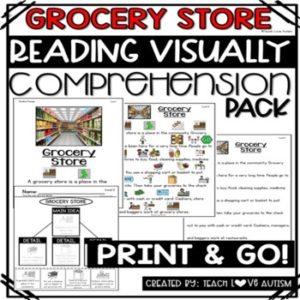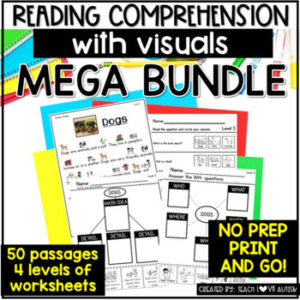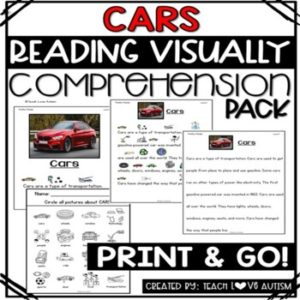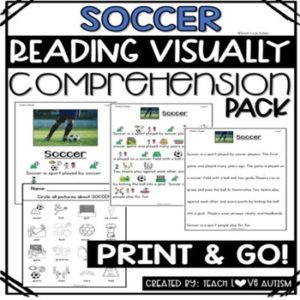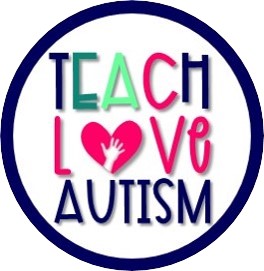4 Simple Ways to Teach Reading with Comprehension

If you teach reading with comprehension you are helping students for the rest of their lives. From understanding simple stories to reading instructional manuals and recipes to deciphering the meaning of signs around them, they will be practicing this skill. There are several strategies that are helpful to keep in mind when we teach reading with comprehension to our students.
Using Right Level Books to Teach Reading with Comprehension
I think one of the keys to teaching reading with comprehension is students need to read at the right level. This is where leveled reading books really come in handy. It does take a while to figure out student reading levels but in the past, I’ve used running records. Here is a PDF with some to use for yourself! It doesn’t take long to complete the tests especially if you have an idea of where the reader is at.
By completing the running record or other reading assessment you will figure out the student’s instructional level. Just like with any skill you don’t want to start where it is too hard for the student. Without getting into this more in-depth (it could be a whole other blog post) here’s a chart to help with understanding where the student is at.
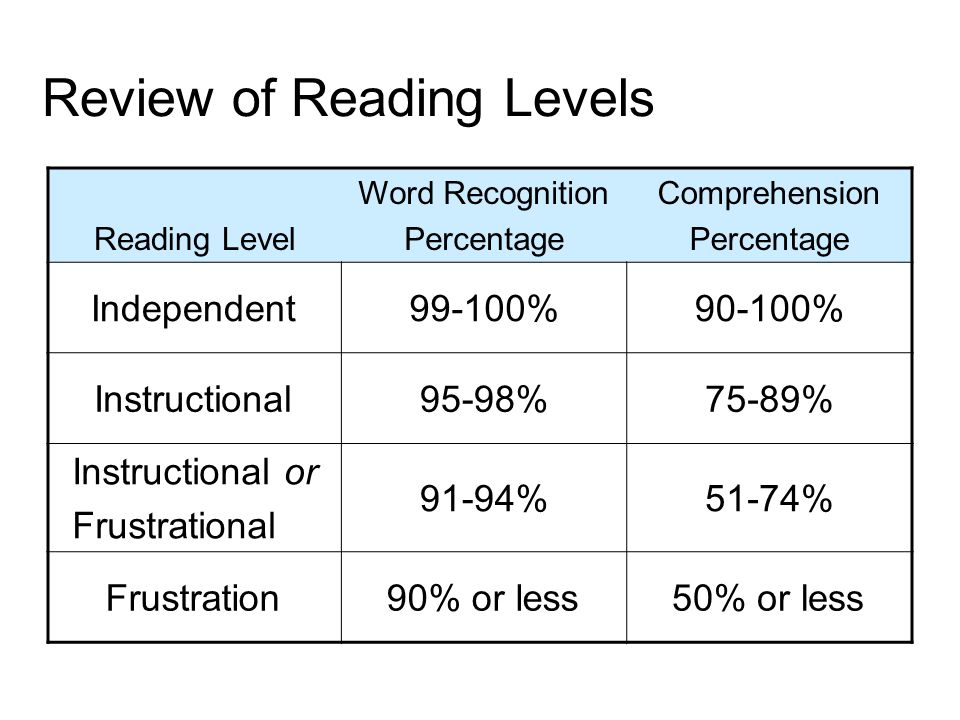
So when is a good time to do these reading assessments to level students? I like to do these while my students are doing independent work or center time. When doing the reading assessment during independent work periods, I remind students that they are only to come to me if they have asked three friends already for help and no one is able to offer help. This will help to minimize disruptions. I sometimes even do reading assessments during snack time. Whatever works for you and your classroom routine. There isn’t really a right or wrong answer.
Utilizing Visuals to Support Understanding
Secondly, visuals are key when introducing reading comprehension. Decoding some words can be tricky, but when they are accompanied by visuals, our students are able to make connections to things they have seen in their own lives. These connections are a building block of comprehension. Traditionally, we teach students to look at the picture in the book to help with understanding.
Also, finding topics that are areas of interest is important when practicing comprehension. Would your students rather read about traveling the world or sports? Some groups might prefer sports and some prefer to travel. I find that animals are always an area of interest for students. They love making connections and learning fun facts about them.
-
Grocery Store Reading Comprehension with Visuals for Special Education$3.00
-
Sale Product on saleReading Comprehension with Visuals for Special Education Bundle
$150.00Original price was: $150.00.$120.00Current price is: $120.00. -
Sale Product on saleSports Reading Comprehension with Visuals for Special Education
$15.00Original price was: $15.00.$12.00Current price is: $12.00. -
Cars Reading Comprehension with Visuals for Special Education$3.00
Here’s a free set of my reading comprehension materials all about dinosaurs! I know many of my students love dinosaurs so this was the perfect way to tie both of those concepts together!
Check out my reading comprehension materials that include extra visual support. Here are some that focus on animals specifically. If you want to learn more about these materials read this blog!
Asking Simple Questions to Teach Reading with Comprehension
Additionally, when you are teaching reading with comprehension, answering questions is such an important skill. However, we need to think about the questions we ask. If you have a student who isn’t ready to read and answer the questions but still needs practice you may want to try these leveled materials that have an errorless option as well!


Moreover, don’t start with questions like “Why do you think the characters in this story _________?” Start with a question like “What did the characters do when ______?” Or even simpler, “Who are the characters?” These questions still check for comprehension of what is happening in the story but, they are simpler and more concrete for the student to answer.
In conclusion, reading comprehension is a skill that needs to be worked on regularly. Students need to practice the skill in many different ways and then generalizing that skill to real-life situations is even better! Do you have any favorite ways to teach comprehension?


